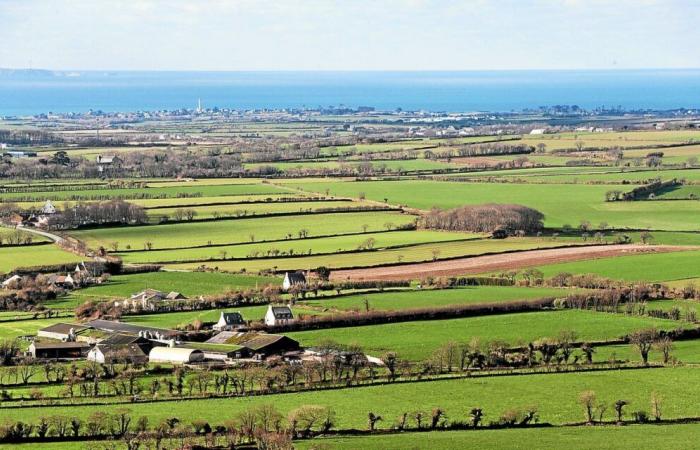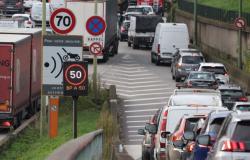Like most sectors of the economy, agriculture did not escape the industrial revolution. From 1941, the Vichy government legislated, taking inspiration from Nazi Germany. Revised in 1954 by Edgar Pisani to respond to the need to feed the French population, the law on land consolidation came into force. “It is driven by a dominant discourse of progress,” underlines Léandre Mandard, doctoral student at the Science Po Paris history center. This son of Breton dairy farmers has been focusing for four years on the movement opposing land consolidation, which is particularly strong in Brittany.
After the war, “the fields were a mixture of orchards and crops, it was a brake on mechanization. Hence the idea of removing trees and enlarging plots to gain profitability,” summarizes Geoffrey Mesbahi, agronomist at the Organic Agriculture Research Institute in Switzerland. The land is then grouped around the farms.
Organized in several stages from the 1950s to the mid-1970s, land consolidation reshaped nearly two-thirds of Breton agricultural land, in the wake of operations launched in Beauce and Marne. A particularly important land reorganization in Central Brittany, around Pontivy, Loudéac and Lamballe, where the size of the plots is increasing significantly, erasing the bocage.
The precise impact of these operations on the hedgerows is, however, difficult to specify. “There were also spontaneous destructions and land restructuring linked to the decline in cattle breeding,” emphasizes Léandre Mandard. The use of artificial intelligence, on which AgroParisTech researchers are working, could provide more precise answers.
The consolidation as it was carried out created fractures in the peasant world and in families.
-
3 How was the consolidation experienced?
Behind the economic issues, Breton farmers were divided on the method, some denouncing land spoliation. To bring bulldozers into the countryside, the prefects have, on several occasions, resorted to the police in Brittany. Dramas synonymous with hunger strikes, even suicides. “The consolidation as it was carried out created fractures in the peasant world and in families. It was terrible,” confirms André Sergent, president of the Brittany Chamber of Agriculture.
-
4 What were the consequences for the environment?
“We had to move forward because the hedge was considered a hindrance,” recalls agronomist Philippe Pointereau. However, we now know that it ticks all the boxes when it comes to tackling climate change. » So, during the first two decades, land consolidation only responded to surface requirements. “We made plots in the direction of the slope while the bocage slowed down the water, without ever imagining the risk of erosion and runoff,” describes Philippe Merot, former research director at INRA. Coupled with the change in agricultural practices, the disappearance of embankments still promotes pollution (pesticides, nitrogen, etc.), despite an improvement in agricultural practices, and impacts biodiversity.
-
5 Did Brittany benefit from this land reorganization?
In the mid-1970s, Philippe Merot looked at the economic consequences of land consolidation. According to the former INRA research director, at that time, “it was in the regrouped municipalities that investments and the establishment of young farmers took place”.
For André Sergent, “even if all the consequences had not been measured, the consolidation was a good thing for agriculture and the Breton economy”. Léandre Mandard also mentions the development of the road network supported by the State, synonymous with an improvement in living conditions.
-
6 Is “repair” possible?
If more hedges always disappear than are planted, Philippe Pointereau welcomes the ambitions of the Pact in favor of hedges, despite the risk of planing linked to new budgetary restrictions. Collective interest companies are being created in Brittany to provide the economic value that hedge wood lacks. “We must reconsider that trees have their place in the agricultural space,” continues the agroecology specialist.
“It’s really the valuation of the wood that is lacking,” confirms Julien Tallec, breeder in the Monts d’Arrée. The spokesperson for the Peasant Confederation also calls for CAP aid to be made more conditional on this type of action.
Canada






